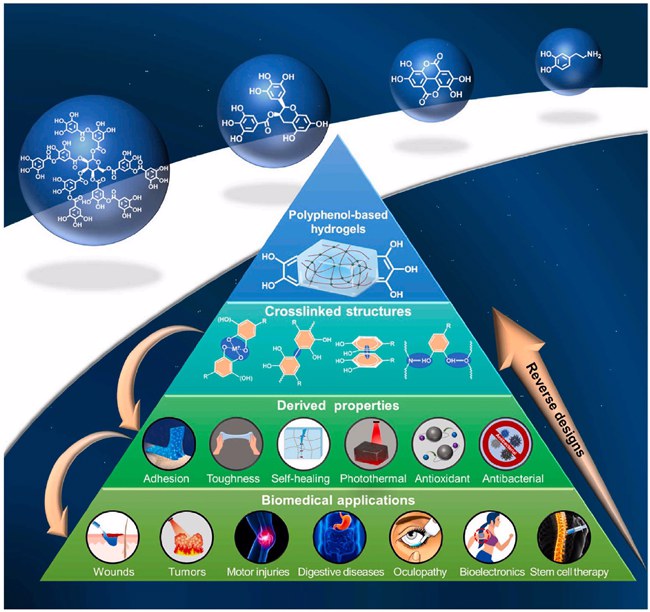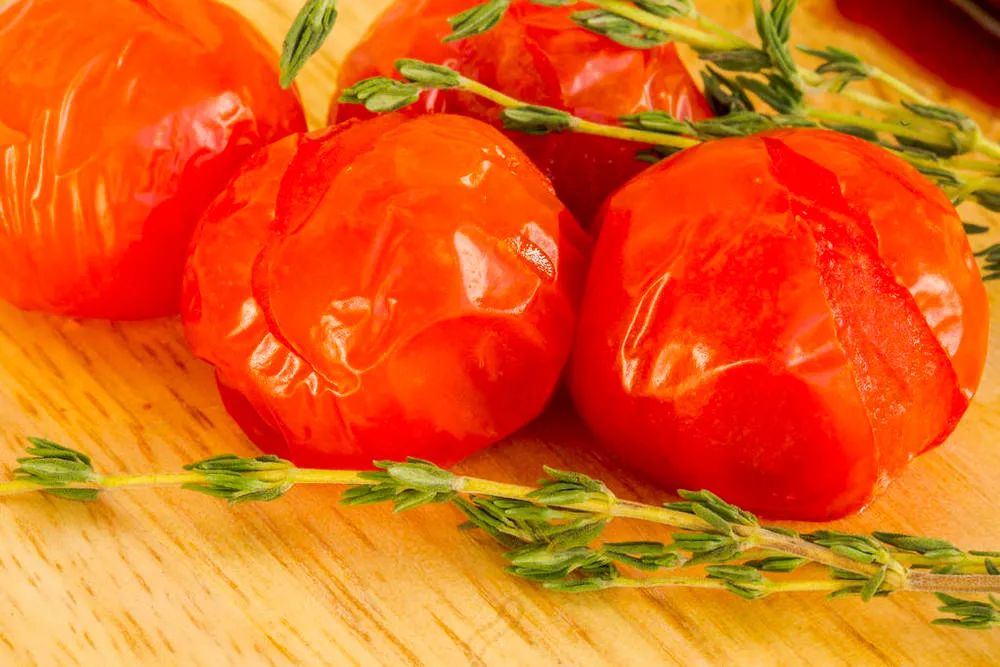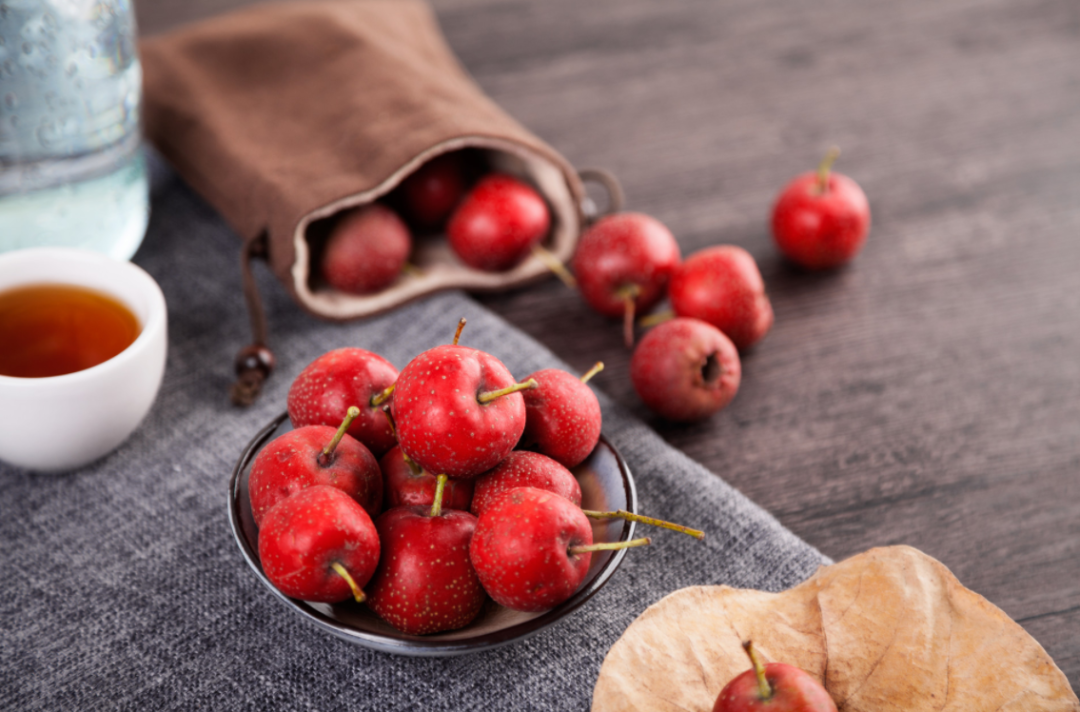
Based on the research progress of polyphenol hydrogels in recent years, the paper describes in detail the “pyramid-shaped” evolutionary process of polyphenol hydrogels from crosslinked structures to derived properties and their extensive biomedical applications. It also proposes the reverse design concept in polyphenol hydrogel research, from application to performance to structure.
First, the paper classifies polyphenol hydrogels based on the types of polyphenolic substances. Different polyphenolic compounds have different properties. For example, dopamine can self-polymerize into polydopamine under weak alkaline conditions, exhibiting excellent adhesiveness and biocompatibility. Tannic acid, with a large number of phenolic hydroxyl groups, can directly participate in hydrogel crosslinking. EGCG has multiple biological activities and good biocompatibility. Lignin, which is abundantly sourced, can be used to prepare hydrogels without initiators.
Given that the properties of many polyphenol hydrogels highly match the needs for promoting wound healing and treating cancer in biomedical applications, more and more research is focusing on constructing multifunctional polyphenol hydrogel platforms to address issues in the biomedical field. Therefore, the paper extensively summarizes the applications of polyphenol hydrogels in various biomedical fields based on their properties and the requirements of different application scenarios.












